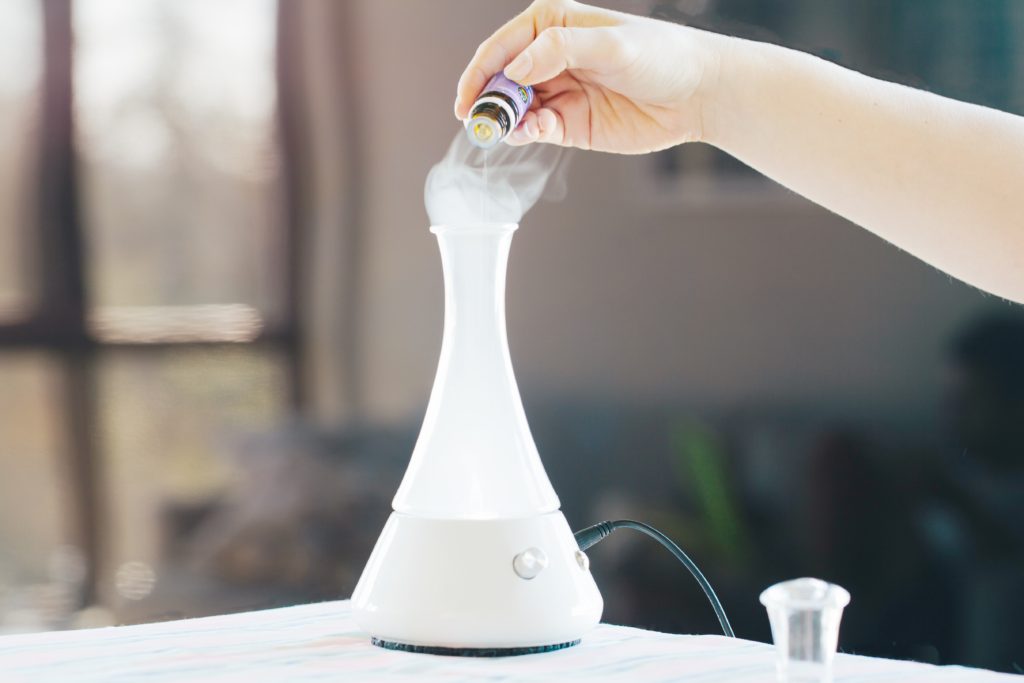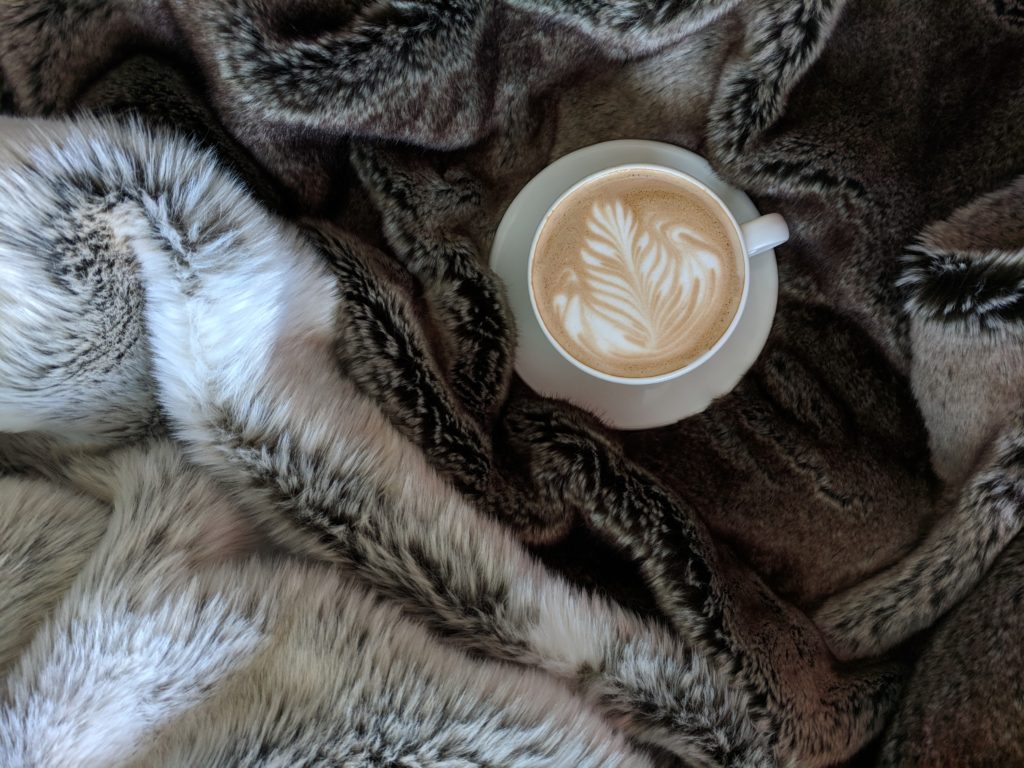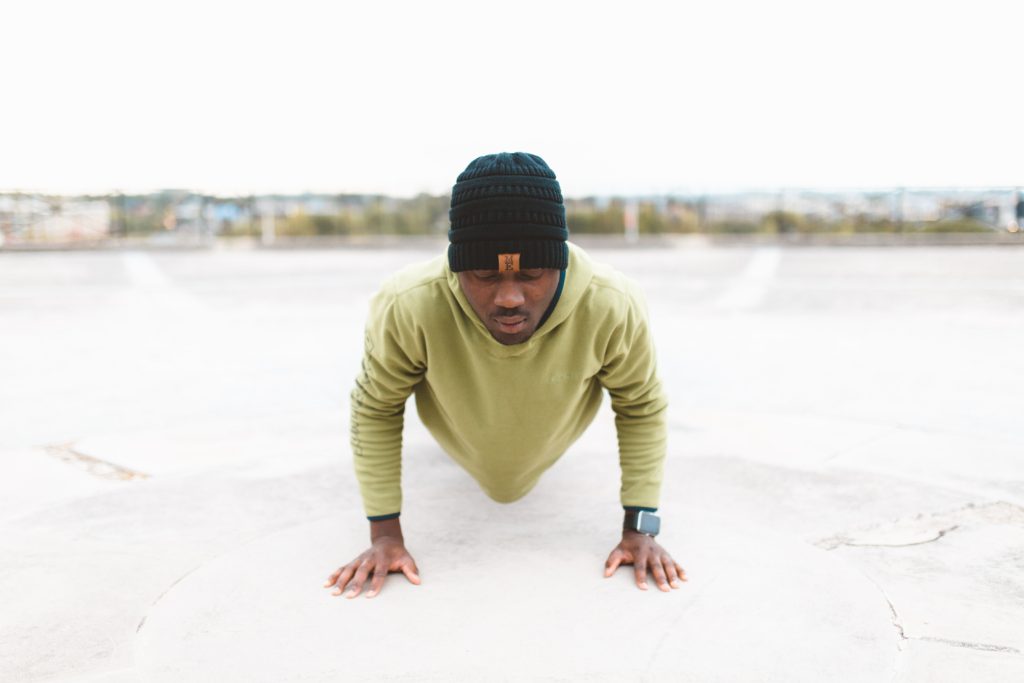
The Winter Blues is Real. Here Are 5 Ways to Make It Less Awful.
You know, winter has the potential to be a truly fantastic season. It’s front-loaded with some awesome holidays, invites in the best of all fashion trends (layering), and serves up scrumptious seasonal recipes (I’m looking at you, butternut squash soup). But, alas, there’s a hidden side to winter not depicted in any of the Hallmark Channel Christmas movies I’ve been marathoning since Thanksgiving: the Winter Blues. Yes, it’s a real thing.
The shift into the colder, darker days of winter leaves many feeling down and lethargic. This is a bummer, but it’s also natural as the lack of sun plays with our circadian rhythms and levels of serotonin. Hopefully, these seasonal blues don’t cause much more of a hindrance than a few slow-to-start mornings, but, if you feel your lust for life completely obliterated over the colder months, you may be dealing with Seasonal Affective Disorder or SAD (the saddest of all mood disorder acronyms).
SAD is a type of depression related to the change of seasons that begins and ends around the same time every year, usually lasting from fall to late winter. SAD can affect individuals who don’t otherwise deal with mood disorders throughout the rest of the year, or it can be the cherry on top of another long-term mood disorder. I, for example, have been diagnosed with depression and anxiety, but find my conditions become more bothersome in early September through late March– that’s the period when SAD kicks in for me.
Now, I’m not going to sugarcoat this: SAD sucks. It can be disheartening to deal with and a burden to manage, but it can be managed through a combination of medicinal and lifestyle interventions.
If you suspect you have SAD or any mood changes associated with winter, I recommend talking to your doctor ASAP. It took me at least a decade to bring it up with mine and, trust me, my past 10 winters have been severely lacking in the holiday spirit that I don’t want you to miss out on.
In the meantime, there are a handful of lifestyle interventions that can help improve your mood. Please note that they are not sure-fire cures for SAD or any chronic mood disorder, but they can certainly help lift you out of the run-of-the-mill winter blues and support any efforts recommended by your doctor for treating more serious mood disorders.
Here are my top 5 lifestyle interventions for supporting your mental health this winter:
1. Light Therapy

My real #1 tip for those dealing with the winter blues? Just don’t. If you have the means, it may behoove you to migrate somewhere far sunnier during the winter months. Go, have fun, and be sure to send me a postcard. The rest of the population (myself included) has to take the sunshine and push it somewhere else, which happens to be a lot easier than it sounds thanks to the rising popularity of light therapy.
Light therapy is a way to treat SAD and other mood conditions with the use of artificial sunlight. There are tons of therapy lights on the market that fit within every budget (my personal favorite is the Verilux HappyLight). Just be sure to purchase a lamp that emits at least 10,000 lux of light, as that’s been found to be the therapeutically effective dose. Most therapy lamps filter out harmful UV light, so you won’t have to worry about sunburn, but do avoid looking directly into the lamp, as you would with any light source, to avoid eye damage.
How to: Sit in front of your lamp for at least 15 minutes every morning. If you don’t begin feeling benefits in about a week, slowly increase your exposure by a couple minutes at a time every few days, preferably under the guidance of your doctor. Light therapy can affect your circadian rhythm, so concentrate your lamp use in the morning to avoid disrupting your sleep patterns. For reference, I keep a lamp on my bedside table that I turn on as soon as my alarm goes off in the morning and keep on as I get ready for work. I also keep a lamp in my cubicle that I use for 45 minutes- 1 hour once I get to work. That’s a lot of exposure because I deal with some pretty severe SAD, but most people feel results rather quickly with far less.
2. Aromatherapy

Anyone who’s caught a whiff of their favorite cookies baking in the oven or stepped into a serenely scented spa knows what a powerful effect scent can have on our mood. Aromatherapy, as this phenomenon is known, is a holistic healing treatment that uses essential oils to improve the health of the body and mind. Essential oils can be found anywhere from specialty shops to Whole Foods Markets to many CVSs.
Essential oils come in just about any natural scent you could ask for, but, to combat SAD, you’ll want to focus on using bright citrus scents, such as lemon and orange, soothing florals, such as lavender and juniper, and crisp herbs, such as basil and peppermint. These scent families bring ease to low moods/lethargy, restlessness/lack of sleep, and scattered thoughts/lack of concentration, respectfully.
How to: You can either purchase an essential oil diffuser (which can be found anywhere essential oils are sold) to distribute your choice of scent throughout the room much like a plug-in air freshener would. Or you can place a drop or two of oil on the inside of your wrists and back of your neck throughout the day (test a small dot of essential oils on the inside of your arm to ensure your skin doesn’t have a negative reaction to it, first). I like to keep peppermint essential oil in my car to lift my moods on long, dark commutes home, an earthy, herbally blend of spruce and pine at my desk to keep stress at bay, and diffuse lavender essential oil at night to help with sleep.
3. Stay Cozy

I don’t know if there’s any scientific connection between fleece pajamas and positive moods, but my psychiatrist recommended dressing warmly and comfortably to combat seasonal depression. While I know it’s the lack of sunlight and vitamin D that trashes my mood during the winter, the cold certainly doesn’t help, and taking her recommendation to heart has made the change of season slightly more bearable. It’s also one of the easiest tips to follow since all it takes is putting your coat closet to good use.
My cozy factor just got upgraded a few days ago when I received a weighted blanket for Christmas. Weighted blankets have recently become all the rage for their health benefits, such as reducing insomnia, restless leg syndrome, anxiety, stress, and more symptoms related to SAD. I have a 16-pound blanket, and sitting or lying under it feels like nestling into an extended hug from your favorite Hollywood Chris. I’m in love.
How to: Simply throw on an extra layer before heading out the door (which I take to mean “all the faux fur my body can hold”) and change into cozy clothing, such as sweatpants and a sweatshirt, as soon as you return home for the day. I also keep a faux fur blanket in my cubicle for extra snugness (and a rather comically luxe reputation) at the office.
4. Exercise

Alright, kids, it’s time to put your New Year’s resolutions to the best of uses. Staying active through regular exercise is continually found to be a sure-fire mood-booster for those suffering from SAD and other mood disorders. It’s all about spurring the release of endorphins, our body’s feel-good chemicals popularized by one of Hollywood’s most famous law students. More exercise leads to more endorphins which lead to better moods over an extended period of time.
How to: Trust me, I get. When you’re feeling down and out one of the last things you want to do is get up and out on a run. Try starting slowly by designating 5-10 minutes to stretching every morning or by using your lunch break to go on a walk around your office. Also, experiment with what time you work out and what exercises you do (weight-lifting, cardio, yoga, etc.) to find the right activity for you. Bonus tip: studies find that working out in a group can be even better for you than working out alone, so gather up some friends for support (the other The Postirder editors and I are hoping to create some sort of exercise accountability system for each other this year as part of our first annual life audit).
5. Be Social

As the recipient of a degree in Health Promotion, I’ve taken enough health classes to know that there are a handful of consistent factors that influence the health of an individual, and one of the greatest influences is one’s social circle. For better or (hopefully not) for worse, your social circle has the power to influence your physical and mental health as you silently and, often times, unknowingly adapt to the eating and activity habits, as well as positive/negative moods of those around you. The more supportive your friends are of your health and happiness, the easier it will be for you to make decisions that support your mental health.
Additionally, your social circle can act as a safe outlet for you to talk through your experiences with SAD and other mood disorders, as well as a safe place to go for cheering up. I’m very lucky and grateful to have to the friendship/familyship of the two other editors to help keep my head above water and stay smiling despite my winter blahs.
How to: You don’t need a thousand-million friends to reap the benefits of a social circle. All it takes is a few, quality bonds that help you feel understood and supported. Bonus points if they can make you laugh and cook at least one killer dinner recipe for when you need an extra dose of pick-me-ups.
There you have it, 5 simple lifestyle interventions that can help you start feeling better today. Again, there is absolutely no replacement for the treatment recommendations your doctor can provide, but every little bit helps.